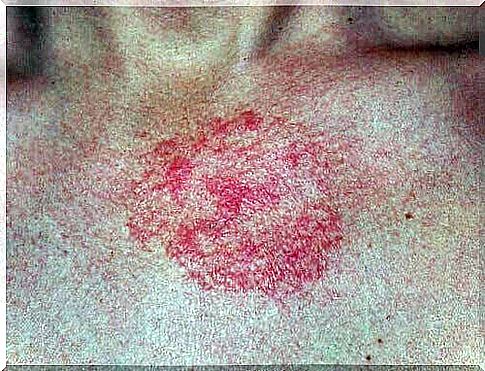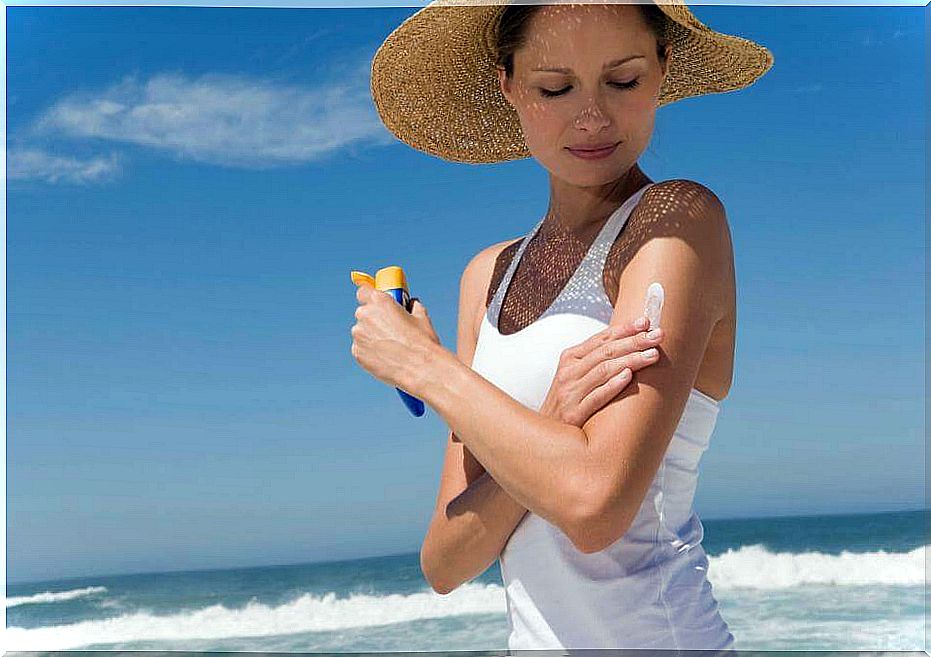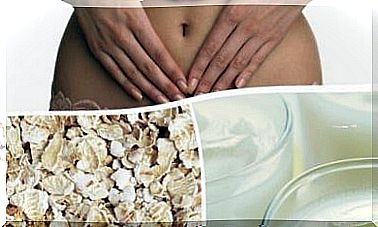What Is Actinodermatosis?
Actinodermatosis is a chronic skin condition that is attributed to the action of ultraviolet rays on it. It is avoided with solar filters. Therefore, with the use of sun protection, it is possible to prevent this disease, which often causes redness or spots on the skin.
Except in the cases of people especially sensitive to light, the treatment is preventive with the application of protective products that filter solar radiation. What are your causes? How to recognize it?
Causes of actinodermatosis
Those responsible for the damaging effect of the sun are, above all, the ultraviolet rays that the earth receives. UVB rays, although they are quantitatively minor, are very powerful and affect the epidermis.
However, UVA rays are much more dangerous because they manage to reach the dermis. These radiations constitute the majority of the solar ultraviolet rays and are present all year round.

Symptoms and manifestations of actinodermatosis
Immediate damage due to UVB rays, associated with prolonged and incorrect sun exposure, can be erythema, burns and hives. However, its late effects are more complex. Its main culprits are UVA rays, which penetrate deeply and generate:
- Dark spots.
- Keratosis (thickening of the skin).
- Premature aging.
- Degradation of membrane phospholipids.
Over time and after successive prolonged exposures to the sun, they can damage cellular DNA and develop a predisposition to the appearance of melanoma.
Effects of UV radiation on the skin
Ultraviolet radiation on the skin causes consequences on it. Some of them are:
Aging of the skin and appearance of wrinkles
People who have spent many years of their lives working outdoors develop more severe skin aging. This manifests itself by affecting the texture and elasticity of the skin and with a greater formation of wrinkles and spots.
Skin cancer
Sunlight is a risk factor for the development of skin cancer, both basal and squamous cell carcinoma and melanoma. 90% of these cancers appear in areas of the skin exposed to the sun: the face, neck, ears, hands and forearms.
Allergic reactions
Some people develop allergic skin reactions. In certain cases, these reactions can appear after exposure to the sun. The symptoms can be red patches, blisters or hives, located in areas where the sun touches, such as the face, décolleté, arms and hands.
How is actinodermatosis prevented?
You have to protect yourself not only from UVB rays, but also from UVA rays. For this, broad spectrum sun protection is used to restore and maintain hydration and the functions of the skin barrier.
Sun protection can help prevent sunlight-induced damage and reduce the risk of cancer. You should avoid the sun in the central hours of the day and wear appropriate clothing.

Hat and umbrella
Appropriate clothing should be of a sufficiently tight fabric, and wide-brimmed hats or caps to protect the facial region. Also, sunglasses should be worn to protect the eyes.
Umbrellas and hats protect against UV rays that strike vertically, but not against diffuse light that is produced by reflection on water, sand and other surfaces.
Use of sunscreen
Photoprotectors act by absorbing or reflecting the sun’s rays on the skin. The sun protection factor (SPF) is a number that should specify your UV blocking ability.
Most are good blockers of UVB, which causes redness, sunburn, and sunburn. However, they do not cover as much UVA which is more associated with skin damage and skin cancer.
Sunscreens must have at least a protection factor 15. People with whiter skin, light eyes, who burn easily, need protectors of a higher index, such as 30 or 50.
No sunscreen has a duration of action that exceeds 2 hours, so they must be reapplied frequently. Especially in conditions of exercise, sweating and bathing in the water. In addition, it is convenient to apply them half an hour before exposure to the sun so that they are really effective.








